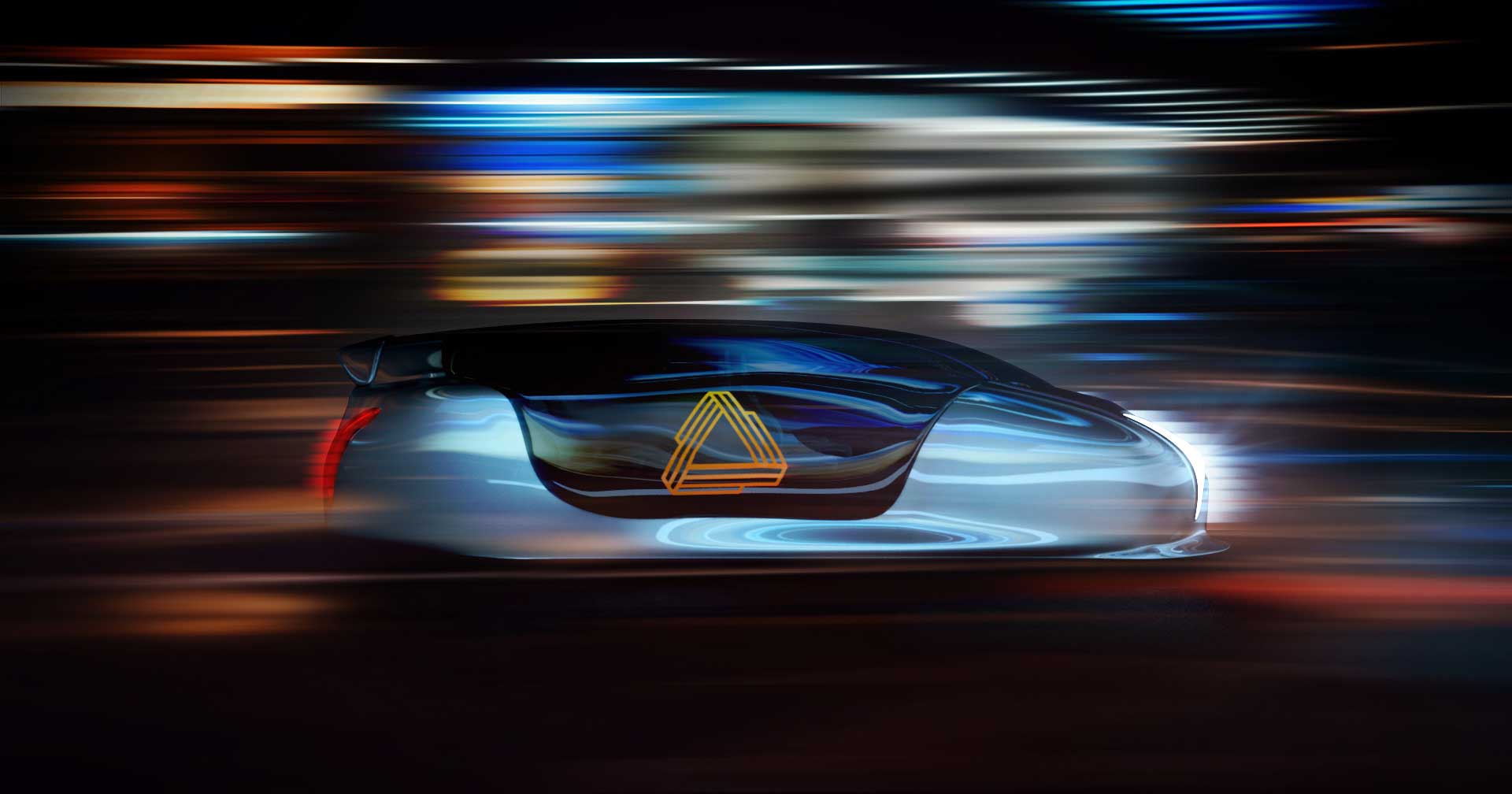Arrivo’s hyperloop-inspired system will break ground near DIA.
There’s no time when city congestion feels more invasive, more frustrating, more draining than when you’re sitting in bumper to bumper traffic on a Wednesday at 2:00 p.m. For Denverites, life-pausing traffic like this is a daily burden, and it’s only getting worse.
The Colorado Department of Transportation (CDOT)’s RoadX has been looking to tech for innovative solutions to surging growth and overtaxed roadways, and they may have just found one. Earlier this month, it was announced that LA-based transportation company Arrivo will conduct a feasibility study in Denver for their hyperloop-inspired system.
What makes Arrivo different?
We’ve discussed hyperloops before. A hyperloop is comprised of pods that use the magnetic levitation (maglev) principle to decrease drag and increase speed and efficiency. Hyperloops also operate in a depressurized tube, allowing the pods to reach breakneck speeds.
Arrivo borrows some of these features (maglev and pods) but discards others (depressurized tubes). This is because the Arrivo’s system isn’t designed for traveling long distances, say Pueblo to Cheyenne. In fact, Arrivo’s founder and CEO, Brogan Bambrogan, jokes that’s what planes are for. Instead, Arrivo focuses purely on relieving urban congestion – on getting you to work and back, to the grocery store and then to the park. They bill their system as “another layer of transportation” that folds seamlessly into the cars, bikes, and trains we use today.
What will the system look like?
Arrivo proposes a variety of pods: First, the standard pod, which can transport a handful of passengers. Next, a pod similar to a shuttle bus, with room for a small crowd. They’ve also designed a pod to ferry your car, so you can unanchor and drive once you get to your destination. And, finally, pods for cargo and shipping.
How fast will it go?
By eliminating the depressurized tubes, Arrivo’s system is much cheaper and easier to build than traditional hyperloop systems—but those savings come at a cost. Arrivo’s system will likely top out at around 200 mph. If you marveled at Hyperloop One’s vision of pods shooting across Colorado at over 600 mph, 200 mph might seem a little…unexciting. But Arrivo’s system is designed for trips between 10 and 60 miles. For such short distances, higher speeds are not necessary or feasible.
When and where?
Arrivo’s feasibility study will include a half-mile test site on highway E-470 near DIA. Arrivo will also open an engineering and tech center in the Denver area, which is expected to employ over 200 people and bring millions of dollars into the economy. If the study goes well, Arrivo aims to have a system up and running around 2021.
Suggested Reading:
Denver’s population has grown by 50 percent in the last two decades, and it’s estimated to grow another 50 percent in the coming two. With that kind of influx, there’s only so much an additional highway lane can do. Transportation innovators like Arrivo and Hyperloop One are looking at Denver because they know we’re as committed to progress as they are. Hopefully, one day soon, we’ll all gain an hour or two back in our day and we can celebrate the death of traffic.


